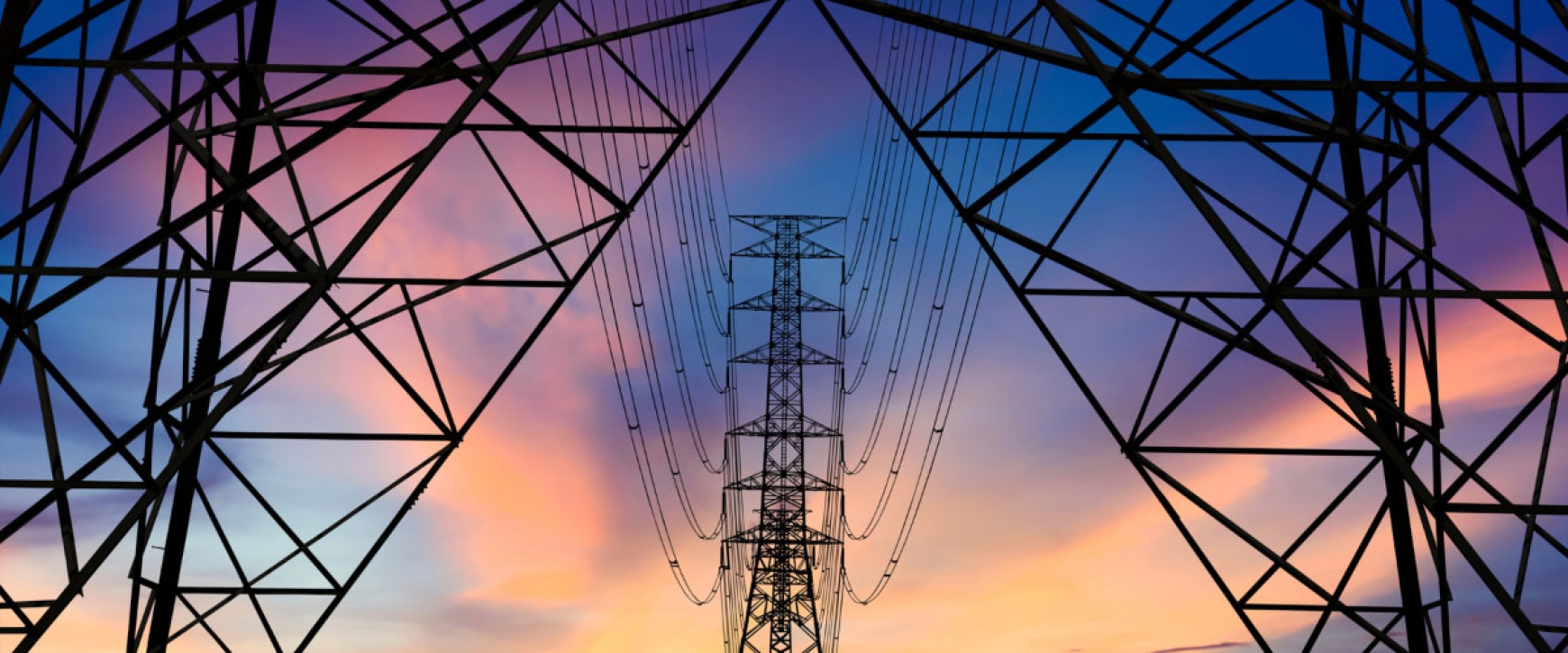In response to the recent Call for Input on Standing Charges issued by Ofgem on 16 November 2023, NFU Energy has voiced critical concerns and proposed actionable solutions tailored to the challenges faced by its diverse customer base, primarily comprising agricultural and associated sectors.
The agricultural industry, renowned for its high overhead costs, has been significantly impacted by the recent energy crisis and subsequent changes to standing charges. NFU Energy acknowledges the necessity of network upgrades and recognises that costs may inevitably be passed on to end-users. However, the disproportionate distribution of these costs among non-domestic customers has raised significant alarm bells within the agricultural community.
Highlighting the crucial role of agriculture and horticulture in food production and its contribution to reducing environmental impact through local food production, NFU Energy emphasises the potential ramifications of increased electricity costs on food prices and national food security.
Key Issues Identified:
NFU Energy has identified several pressing issues within the current standing charge framework:
- Prohibitive Maximum Import Capacity (MIC) banding rules: Many customers find themselves classified into higher bands than necessary, resulting in inflated costs.
- Disproportionate impact on seasonal users: The banding model based on peak demand disproportionately affects seasonal users of high-consumption equipment, such as grain dryers, leading to substantial increases in standing charges.
Proposed Solutions:
To address these challenges, NFU Energy proposes a series of measures aimed at achieving a fairer and more equitable distribution of costs:
- Standing charges based on annualised average: We advocate for basing standing charges on an annualised average rather than peak demand to prevent occasional high demand from disproportionately impacting bills.
- Reforming banding-moves: We suggest revising requirements around re-banding to reduce the threshold for moving bands and assessing actual peak demand more accurately.
- Increased banding segmentation: We recommend increasing segmentation of standing charge bandings to better reflect customer usage patterns.
- More frequent banding changes: Proposals include increasing the frequency of banding changes and potentially automating these changes on a quarterly basis to better align with seasonal usage patterns.
- Removal of standing charges from fixed contracts: We suggest separating standing charges from fixed rates in contracts to reflect the dynamic nature of third-party costs.
- Support for Renewable Generation: To encourage continued renewable energy generation, we propose measures such as subsidies or reduced standing charges for renewable energy producers.
Our response to the government consultation underscores the urgent need for reforms in standing charges to alleviate the adverse effects on non-domestic customers, particularly those in the agricultural sector.
Joshua Robinson, Head of Contract Sales at NFU Energy said: "Our response to the government consultation highlights our commitment to safeguarding the interests of our customers. Our goal is to alleviate the burden of unreasonable energy bills, ensuring uninterrupted operations for our valued clients.”
You can read our full response here.
NFU Energy has recently launched its Standing Charge Banding Reduction Service aimed to assist customers in reducing their standing charge banding and, subsequently, their energy costs. The service guides customers through the process, which involves getting a new agreement with their District Network Operator (DNO) and ensuring that the Line Loss Factor (LLF) accurately reflects their meter's new banding.


